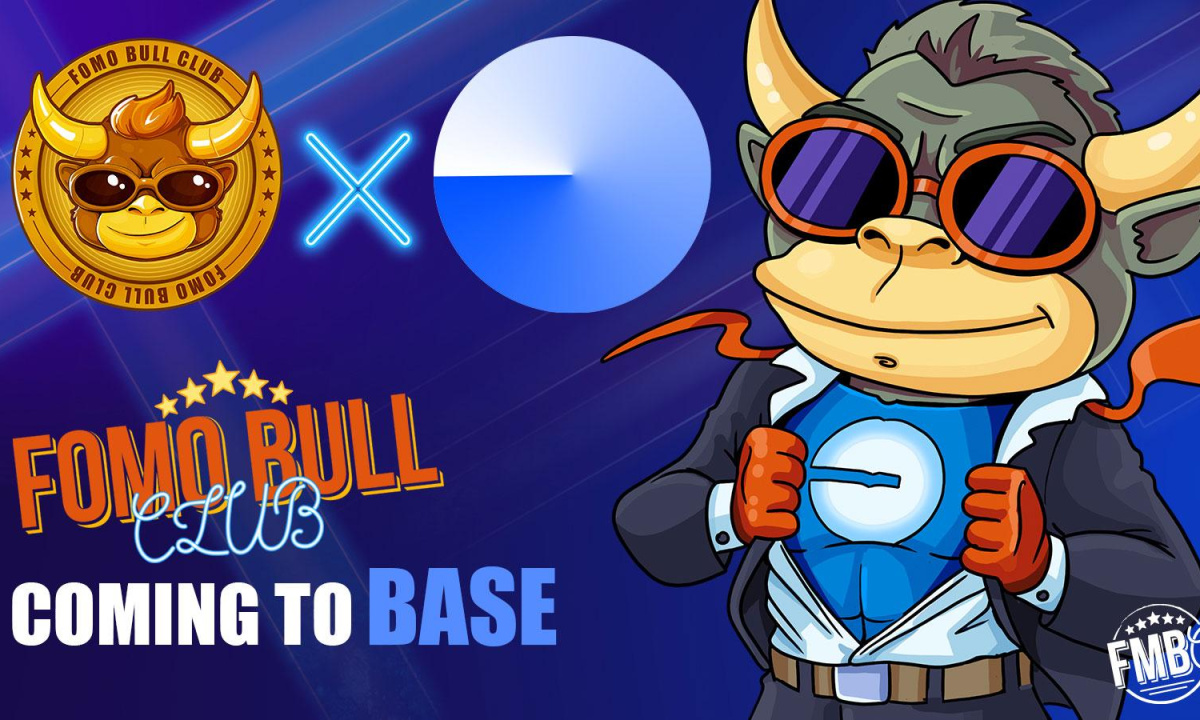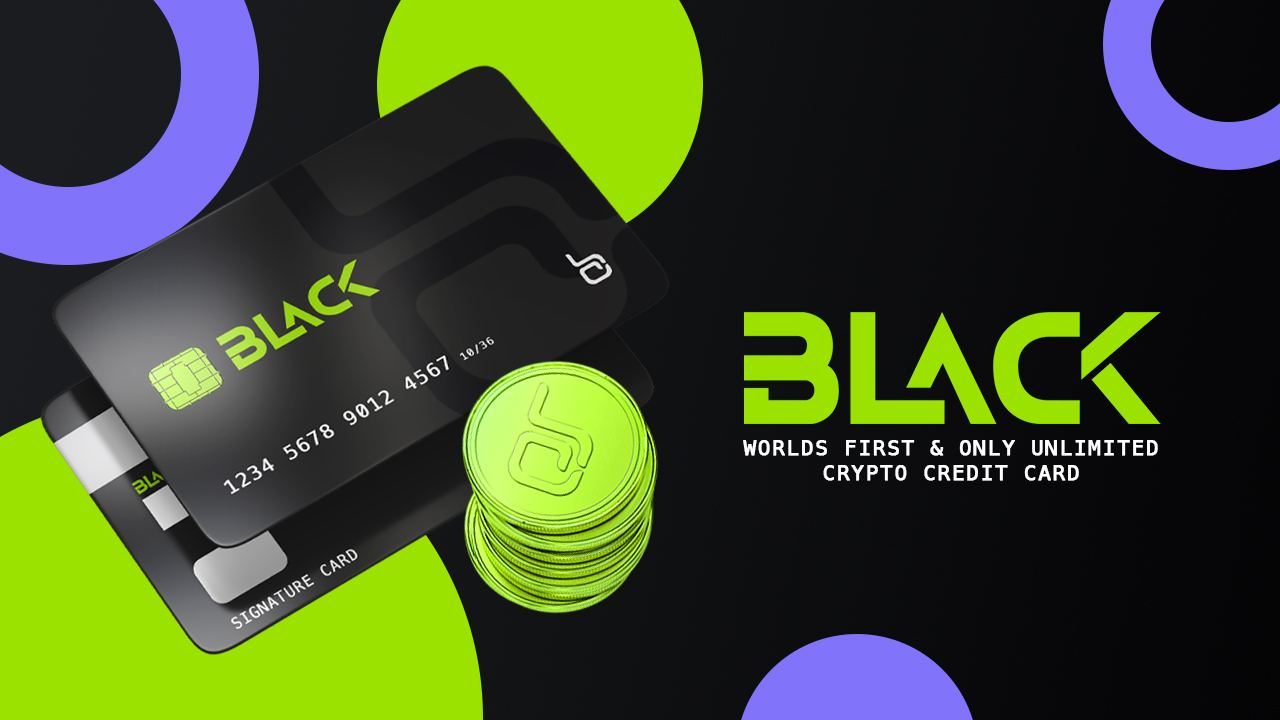5 reasons why the blockchain gaming economy is the future
Axie Infinity has shown that the gaming industry is only a small part of what blockchain-based gaming can achieve and will explode in the near future.
Everyone knows that the gaming industry is on the verge of absolute growth, one of the industries that have benefited greatly from the Covid-19 pandemic.
However, the following growth metrics may not be known to the average investor:
- The global gaming market is now worth $ 180 billion – the fastest growing form of entertainment in the world. By comparison, the global film industry is worth $ 100 billion, and all of the sports in North America add up to annual sales of $ 73 billion.
Sales in the global games market | Source: Bloomberg, Pelham Smithers, GamingScan.com
- Experts assume that the number of online game streamers will grow to one billion by 2025 – i.e. every ninth person.
- Three of the four most watched U.S. sporting events in 2018 weren’t even traditional sporting events. They are eSports events. For example, the League of Legends Championship has 30 million more views than the AFC Championship and 45 million more views than the NCAA Soccer Championship.
US esports viewers | Source: MBA @ Syracuse
- Travis Scott was active on the popular Fortnite gaming platform last April. It has received over 12.3 million views and Scott grossed over $ 20 million each on TechCrunch and GamesIndustry.biz.
So what’s going on and where is this growth coming from?
The main reason is likely to be in technological development and the exponential growth rate. Technology continues to transform the way we communicate, meet, create and consume information, deliver value, and form online communities.
Howard Shultz, former CEO of Starbucks, popularized the idea of a “third physical room” with his coffee shop concept. He believes people need a “third room” to meet outside of the office and at home. Starbucks is the answer.
Today we see that this concept is popular with the younger generation. Apart from the fact that the new shared space is the digital space and is called the metaverse. Here children want to meet friends, listen to music or play games. This could be seen as the next iteration of digital communities: the AOL chat room, then Myspace, Facebook, and finally the Metaverse.
Now we have the concerts in the Metaverse. Burning Man has been digitized. And we’re just getting started.
Story of the game
The first video games were born in the late 1950s – a simple tennis game similar to pong (table tennis themed). Then Atari was invented in 1977. Nintendo started releasing popular games with Mario Bros, The Legend of Zelda, Donkey Kong, etc. in the early 80’s.
It’s important to note that the business model has changed dramatically over the years. We used to pay $ 60 for a game like GameStop. It’s a one-time fee with unlimited games. The game was released in a similar way to how Hollywood movies are advertised and released, with 90% of the revenue coming in the first two weeks.
This freemium model (which offers customers both a free service and a paid service) is now live. Users can play for free and are encouraged to make in-game purchases to upgrade skills, buy avatar skins, buy weapons, upgrade animations, etc. and can be found on Roblox, Fortnite, and other popular games.
This is a more profitable model for manufacturers as it keeps users busy and constantly updated to compete with their friends. We’re moving into a world where social cues occur among the younger generations in the metaverse through the avatars in the game, the weapons they use, and the skin color they possess. Welcome in the future.
Why are games being switched to blockchain?
Today games are provided in closed data networks. This means that users cannot own their in-game content (skin color, avatar, skills, etc.). The platform owns them. Axie Infinity disrupts this model because users own their assets, like NFTs on Axie, and can sell them for a profit in the free market / gaming economy. Here’s a look at the revenue Axie Infinity users have made since May of this year:
Entire Axie Infinity | Source: Token Terminal
Annual revenue per token terminal is up to $ 2.7 billion for open blockchain games and does not require approval. Important note: Blockchain technology is the medium through which users can own their in-game assets. This is not possible with the technology used today.
- Blockchain enables the gaming economy to take shape naturally: users can be paid to play. Axie Infinity leads this race once again. Axie users invest to get Axie NFT and AXS tokens to start playing. From there, they can earn SLP tokens by playing / competing as these earned tokens can then be exchanged for crypto assets or fiat currencies. Lots of users in the Philippines are making multiple times their average monthly salary playing the Axie Infinity game during tough economic times due to Covid-19 which is pretty cool. If you were paid to play a blockchain game as opposed to a non-blockchain game, which one would you choose? As Charlie Munger once said, “Show me the deals and I’ll show you the results.”
- Public blockchains are open to everyone and do not require any permission: Do you have a cell phone and internet connection? Great, you are eligible to participate. This doesn’t really work in today’s closed data architecture, especially if you live outside of the United States. Not only can you participate in a blockchain, but you can also make a profit. As smartphone usage continues to grow with the development of 4G and 5G technologies in emerging markets, we should expect more and more users to access crypto and blockchain in the near future.
- Open protocols disrupt and compress the costs of existing technologies: Public blockchains are open protocols. Ethereum is an open protocol. Anyone can build games on Ethereum. This essentially saves a lot of your capital and operating costs on the Ethereum Layer blockchain, which means starting a game will be a lot easier for everyone. Low entry barriers increase competition. Ultimately, the end consumer benefits from this. We have seen this over and over again in history. Blockchain is simply the next iteration of open source technology.
- Decentralization: Since blockchains are open and do not require permission, anyone can build on them. This means that we should expect a future in which there are blockchain games that are based on different Layer 1 blockchains, e.g. as NFTs as skin color, avatar or weapon. This is something that is not available today. Additionally, will users be able to trade their NFT assets for profit, or might they want to build NFTs? Go ahead – you don’t need to own a gaming platform to do this.
The gaming economy is the future and everything happens on the blockchain.
Join Bitcoin Magazine Telegram to keep track of news and comment on this article: https://t.me/coincunews
Mr. Teacher
According to Cointelegraph
Follow the Youtube Channel | Subscribe to telegram channel | Follow the Facebook page














